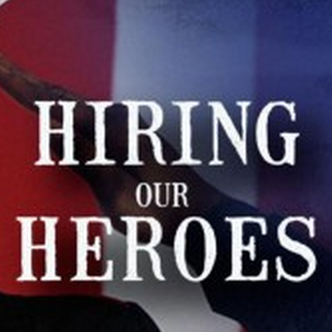Honoring Veterans with Meaningful Employment and Raising Your Work Opportunity Tax Credit (WOTC)
As we approach the celebration of our nation’s birth this July, let’s take a moment to reflect on the immense sacrifices and contributions of our service members. When veterans transition from military service to civilian life, they often seek new opportunities in the workforce. Hiring these highly skilled and dedicated individuals is not only a…
Read article





